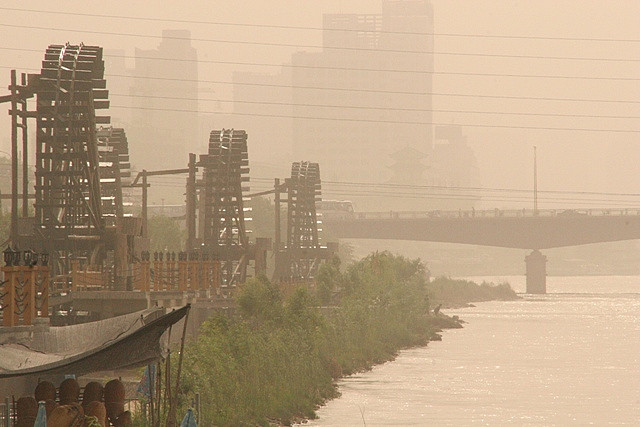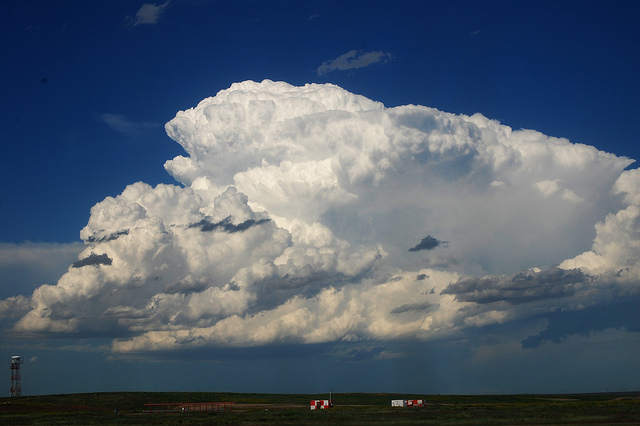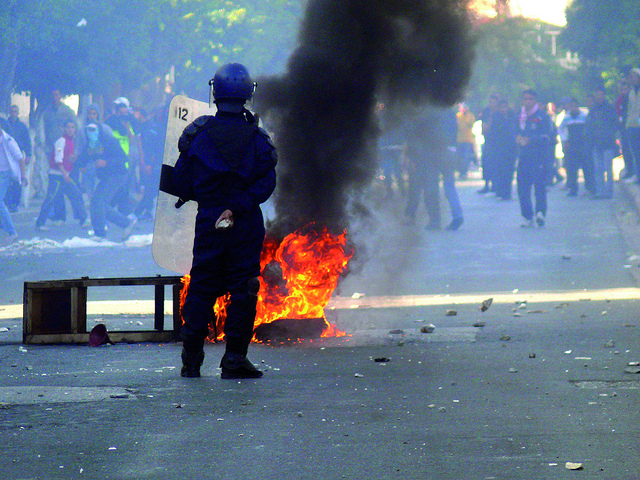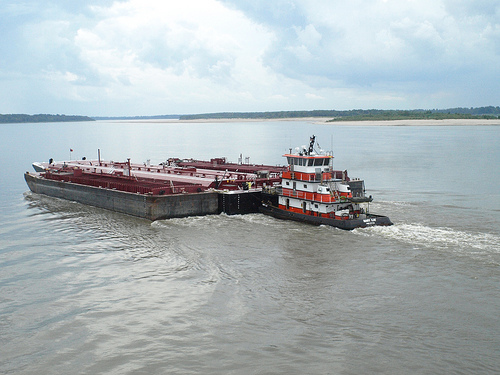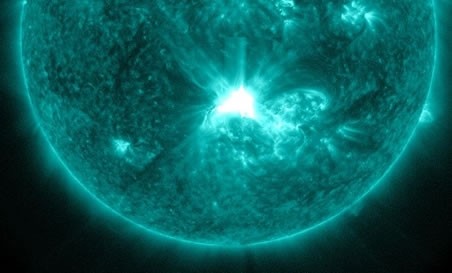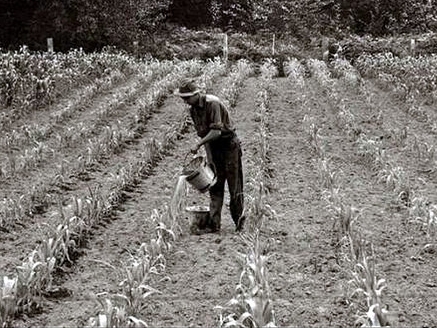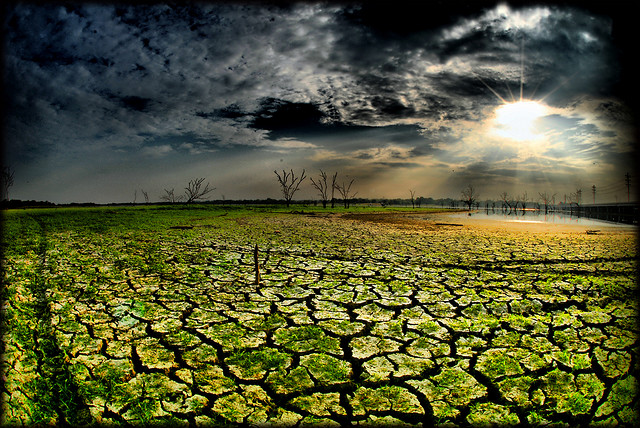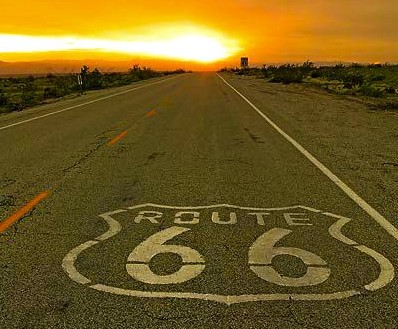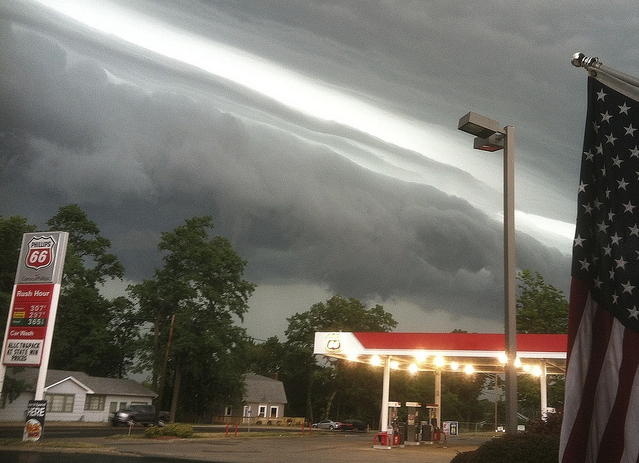Podcast: Play in new window | Download
Subscribe: RSS
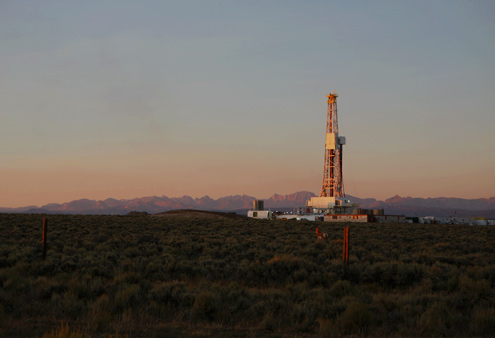
It’s not just a drilling rig, it’s a fracking rig, and it has to be watered with millions of gallons if it is going to flourish.
Here’s a lovely circle of life: global warming caused in large part by burning oil has contributed to a drought that is making it impossible for the oil bidness to sustain its over-hyped oil boom in the Bakken oil shale formation under Montana and North Dakota. And that’s just one reason the boom will soon be busted.
